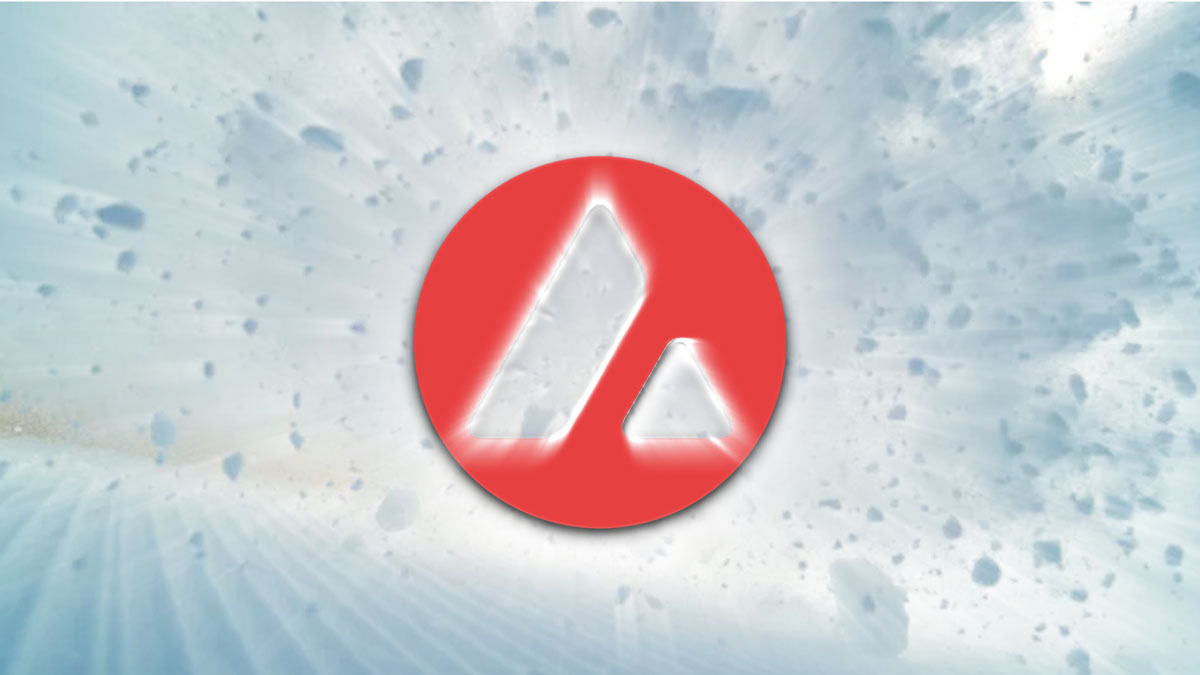Users in the Avalanche ecosystem burned 439,000 AVAX (worth $16.7 million) last week, reducing the circulating supply. In the Avalanche network, similar to the Ethereum ecosystem, all transaction fees are burned. The transaction fees on the network are based on the EIP-1559 proposal, which introduced a fee-burning mechanism.
The difference between Ethereum and AVAX is that while the Ethereum ecosystem pays a portion of the transaction fee to validators and burns the rest, the Avalanche ecosystem burns both. The increase in burned transaction fees is noteworthy; while only a few thousand AVAX were burned each week between May 2022 and October 2023, the ecosystem reached a peak by burning 39,000 AVAX in one day in April 2023.
At the end of November, 85,000 AVAX were burned, followed by another jump of 40,000 AVAX two weeks later. However, the amount of burning this week led to a record peak. This significant increase is largely attributed to the craze for inscriptions, which started on the Bitcoin network and spread to Avalanche and other blockchain networks.
According to the Dune Analytics data table created by researcher Hildobby from Dragonfly VC, more than 75% of the transaction fees paid and burned on Avalanche last week were due to transactions related to inscriptions. Users of the Avalanche ecosystem paid $13.8 million in fees for these transactions.
Tokens based on inscriptions are created by writing code to ordinary blockchain transactions and using an external numbering system. They were introduced as a temporary solution because the Bitcoin network does not support native tokens. This craze quickly spread to other blockchain ecosystems for various reasons, such as being low-cost and revolutionary in the blockchain space. So far, a total of 3.4 million AVAX, worth $129 million at current prices, have been burned through transactions on the Avalanche network.












